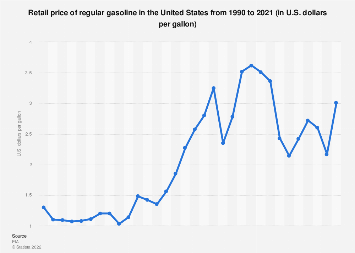In What Power Generation Technology Can All These Boxes Be Checked?
Energy-generating technologies, such as coal-fired power plants, nuclear reactors, and wind turbines, offer different advantages and disadvantages for power plants and their customers.

A company that wants to provide Green Mountain Energy rates electricity that is reliable and useful, and respects the environment.
What power generation technology gets all these boxes?
In a recent chart, the Electric Power Research Institute (EPRI) shows the advantages and disadvantages of generation technology considering critical factors including the cost – both construction and electricity costs – land use, water demand, CO2 emissions, waste, availability, and change. EPRI research emphasizes that there is no one-size-fits-all solution when it comes to energy production technology.
Sorting out pros and cons
In EPRI’s analysis, the value of natural gas is high. In general, natural gas is cheaper to build and power produces fewer fossil fuels than coal, and is more flexible.
The popularity of natural gas in some areas has exploded in recent years. This is due to its new abundance in places like the United States and its reputation as a low-carbon fuel, as well as improvements in gas turbine technology.
However, not all countries have access to abundant and cheap gas. In some cases, access to natural gas has been threatened by geopolitical conflicts, such as in Eastern Europe and parts of Western Europe during the political conflict between Russia and Ukraine a few years ago. In addition, although gas is produced as much as half of the coal, it is not necessarily the place where it is reformed or recycled. Renewable energy technologies, such as wind turbines, solar photovoltaic modules, and hydroelectric dams, produce electricity without wind, and the technology is now cheaper than ever, often cheaper than competing sources. . Most countries will have access to one or more renewable energy resources. However, renewable energy is often land-intensive and long-term and dependent on climate conditions. Now, they cannot be trusted to answer all requests. Coal, the traditional load-bearing energy source, ranks high on the EPRI chart for vulnerability. It is a big emitter of CO2 and requires a lot of water and land use. Even with carbon capture security, it is low.
However, the shutdown of coal production could cause problems. For example, in South Australia, coal-fired power plants have been driven out of business due to the competitive cost of renewables and state policy favoring clean energy over fossil-fuel power. Because of this, the electricity is no longer strong, which prompted the local government to intervene. In addition, for developing countries like India, which have access to a lot of cheap coal, coal-fired generation provides the necessary solid base generation power at a reasonable cost. This shows that, despite its weakness in the EPRI index, coal is still an important source of electricity. Nuclear weapons have done well in planning. However, despite being cleaner than coal and meeting basic energy needs, the capital-intensive nature of nuclear is often expensive.
A positive energy mix of the near future
Future technology can mitigate some of the challenges associated with future energy production technology. For example, gas turbines integrated with battery backup enable emergency backup without fuel consumption, enabling turbines to operate in ways they cannot.
Long-term renewable energy challenges can be mitigated by promoting low-cost energy storage. PJM’s interconnection in California has shown that this is possible, although it is small compared to the US electricity market.
Other technologies such as demand response and smart meters are also changing how energy is consumed. However, demand is expected to grow worldwide and EPRI models indicate that a diverse energy mix will be required.
There is no single power generation technology that can provide reliable, cost-effective electricity with the least impact on the environment. When considering an energy generation portfolio, diversity of supply and maintaining balance should be a priority.

